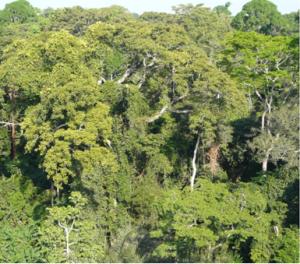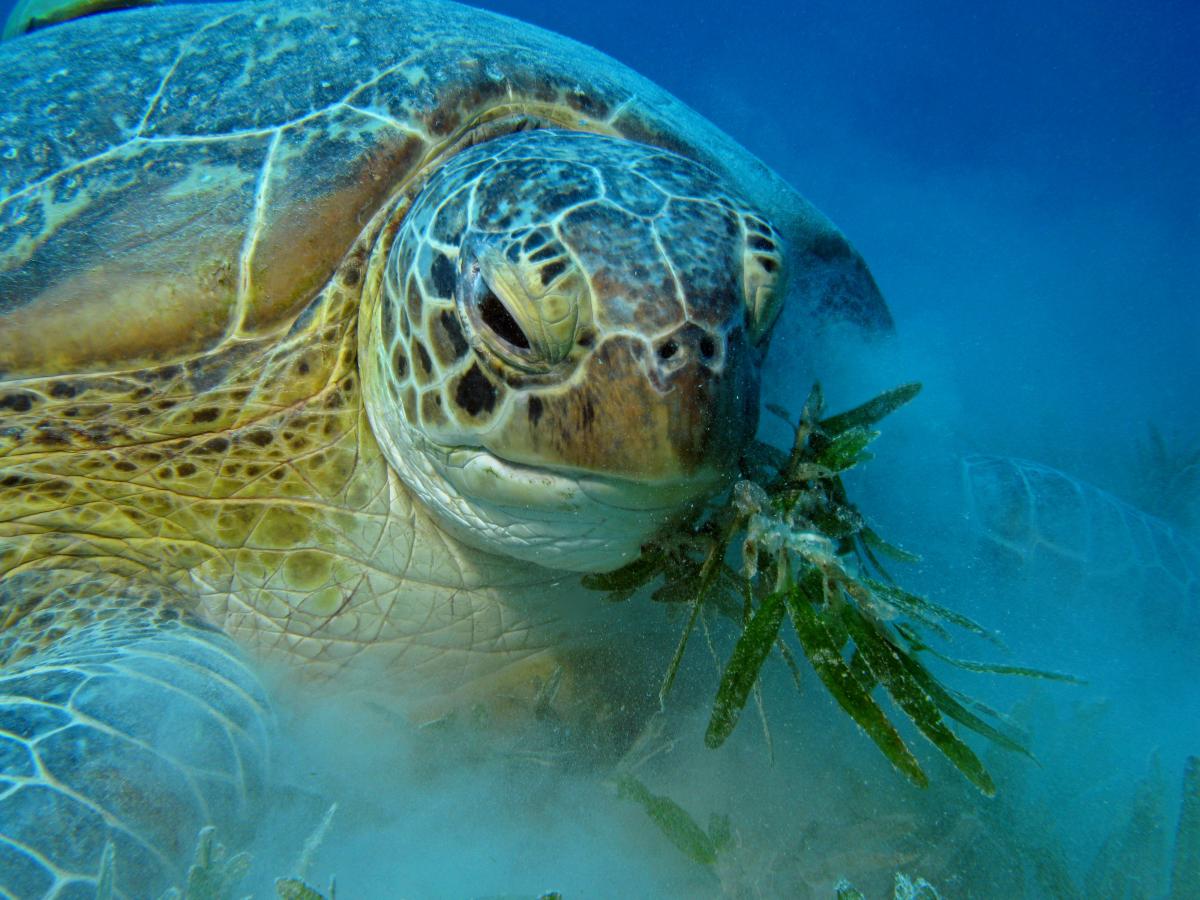Staving off the threats to Cameroon’s natural riches
The Dja Reserve in Cameroon is home to some of the largest and best protected rainforest tracts in Africa, with 90% of its area intact. It was inscribed as a World Heritage site in 1987, largely for the diversity of species found there but now faces several challenges, not least from mining.

Photo: Geoffroy Mauvais
Almost completely surrounded by the Dja River, which forms a natural boundary, the reserve is noted for its wide variety of primates which include the western lowland gorilla, red-capped mangabey, black and white colobus monkey and chimpanzee.
Other mammals found here include elephant, bongo, buffalo, leopard, warthog, giant forest hog and pangolin. Among the resident bird population are Bates's weaver, which is found only in southern Cameroon while reptile inhabitants include python, lizard and two species of crocodile—both of which are threatened.
A population of indigenous people, who follow an essentially traditional lifestyle, lives within the reserve, in small, sporadic encampments.
But although Dja is a natural treasure trove, the site faces several challenges explains Youssouph Diedhiou, Protected Areas Officer for IUCN in West Africa.
“There are several measures that are urgently needed to ensure the long term conservation of this area. We need to reinforce manpower of the site and make sure the monitoring teams are properly equipped. The threat of mining at the edges of the reserve, such as for cobalt, must be contained. If mining companies are allowed to establish here, there will be an increased flow of people that would exacerbate the existing human pressure on this site such as poaching and forestry development.”
Securing adequate funding for its operations, as with many UNESCO World Heritage sites, is a key challenge for Dja.
“Without a sound management system and sustainable finance mechanism for the park and regular evaluation of how effectively the area is being managed, it is difficult to identify priorities for action,” adds Youssouph.
IUCN is working to improve the management of the Dja Reserve through its Programme on Protected Areas of Central and West Africa (PAPACO). A toolkit called ‘Enhancing our Heritage’, which was developed by IUCN’s World Commission on Protected Areas, UNESCO and the United Nations Foundation, is being implemented in collaboration with Dja staff. This should allow reserve managers to identify current priorities for action and work to ensure the values for which Dja was included on the World Heritage List are maintained.
A training workshop held last year is helping the team address threats such as poaching, agricultural encroachment and the construction of a hydroelectric dam on the Dja River.
“UNESCO has asked IUCN to undertake a field mission to Dja Wildlife Reserve this year to assess the status of threats to this exceptional site,” says Mariam Kenza Ali, World Heritage Conservation Officer with IUCN. “We hope that this mission can support the development of an emergency plan to prevent this site from joining many of Africa’s other natural World Heritage Sites on the Danger List.”
For more information contact:
Youssouph Diedhiou, youssouph.diediou@iucn.org



